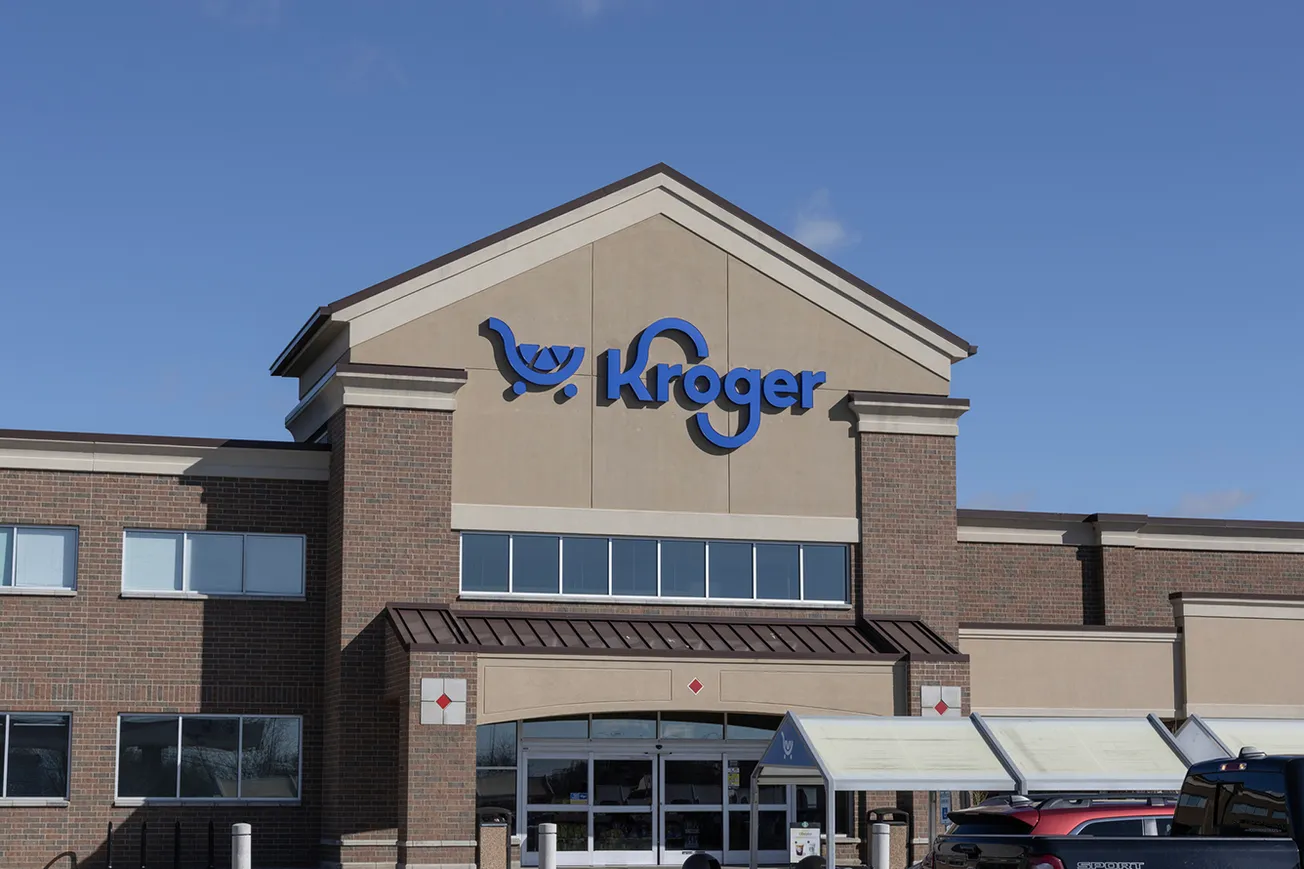LAS VEGAS — For those looking for the latest in hi-tech solutions, CES, the world’s largest consumer technology exhibition, showcases the latest in a variety of technologies, including artificial intelligence, that are transforming industries and enhancing efficiencies, such as the beauty sector and digital health, which feature the latest advancements in AI, IoT, telehealth and digital health solutions.
CES 2025 is poised to announce groundbreaking tech, facilitate unparalleled networking and introduce game-changing innovations. The show takes place January 7 to January 10 here.
“The world and technology keep changing, and so will CES. We recognize the need to evolve and create new experiences to bring value to this dynamic event and industry. Offering spaces for connections and conversations is a big part of that,” said Kinsey Fabrizio, president of Consumer Technology Association (CTA).
“CES is where you can expect the unexpected, and expect answers to your most pressing challenges,”added Gary Shapiro, chief executive officer of CTA. “Register now to see the innovations everyone will talk about next, first. With thought-provoking conference sessions, attendees can discover game-changing solutions and bring fresh ideas back to their organizations.”
From cutting-edge startups to Fortune 500 companies, the best of tech comes together at the show. CES 2025 is the moment to dive in and explore the most relevant topics in technology, including mobility, quantum technologies and the energy transition.
Technology has the potential to transform health care as we know it — and at CES, that potential becomes progress. The world’s most powerful tech event draws companies from across the globe who are innovating to improve health equity, lower costs, bring essential care to underserved communities and give patients more control.
Consumers are using digital tech
A CTA study from last year revealed that blood pressure monitors, glucose meters and weight monitoring devices are currently among the most used digital health devices. Pulse oximeters, sleep monitors and online counseling/therapy platforms are also seeing moderate use. Consumers who use digital health tech cite various reasons for using it, with 73% indicating that it helps them feel more in control of their health, while 67% say that it helps motivate them to set health goals. Most consumers (70%) say they are likely to use one or more digital health solution in the future to improve their overall health or well-being.
In addition, 59% of consumers say they have used telehealth services, of which 80% say they are satisfied with the experience. This alone is one of the largest opportunities within digital health; Grand View Research expects the market for telehealth to grow to $787 billion by 2028, riding the wave of increased smartphone adoption and connectivity worldwide.
Health professionals are optimistic about digital health
Nearly three in five health care professionals (58%) believe that digital health helps alleviate burdens on the U.S. health care system. These professionals say that digital health can improve time management during consultations and can reduce unnecessary visits to the doctor’s office. They also note that digital health solutions help providers better understand patients’ lifestyle habits and complaints.
However, only 44% of health care providers believe that digital health is living up to its full potential, revealing that there is room for digital health companies to improve the lives of patients and health care professionals by addressing pain points in the ecosystem. Specifically, digital health solutions need to easily integrate into electronic health record (EHR) systems and must be easy to incorporate into existing workflows.

Health care professionals report that additional clinical evidence and increased patient reimbursement by insurers will encourage uptake of digital health tech. This is particularly evident in the emerging market for digital therapeutics, which includes software and mobile apps (sometimes used in conjunction with a device), prescribed by a physician, that help people treat, manage and prevent diseases and medical disorders. Companies in this field are highly focused on proving the value of their products with clinical evidence, providing a strong case for insurer and provider adoption. CTA estimates the U.S. market for digital therapeutics is $250 million, with a projected compound annual growth rate of more than 20% through 2027.
Factors fueling digital health adoption
The study highlights objectives impacting interest in, and demand for, these technologies among practitioners and industry businesses:
• Helping consumers understand the benefits — How does the product or service go above and beyond what they are already using, and how will it help them manage their condition? Education is key.
• Incentivizing loyalty to drive long-term use of devices and tech — Digital health innovators are borrowing from lessons learned in gamification over the past decade to ensure patients adhere to a therapeutic regimen. These concepts are already central to many digital therapeutics apps.
• Focusing on end-to-end customer experience — Companies in this space excel not only at building a user-friendly device or service experience but at accounting for ways that health care professionals and insurers will shape the end-user’s experience.
• Engaging health care professionals and other stakeholders throughout the life cycle of digital health tech development — As with the development of any product, digital health innovators are collecting input and feedback from all parties involved to ensure they are delivering results that adequately address the ailment.
It is an ideal time for digital health. People are becoming more familiar with using digital solutions to track their health, and they are increasingly expecting to interface with the health systems and practitioners through digital means.
Retail tech on display
In 2024, Walmart showed audiences at CES how surprising, inspiring and impactful behind-the-scenes technologies and processes can be. With autonomous floor scrubbers that help with restocking to drone delivery and virtual try-on, Walmart is driving digital innovation in ways that are elevating retail’s possibilities. Discussing recent innovations at CES, Walmart CEO Doug McMillon said, “We build technology to serve people and not the other way around. Walmart’s purpose is to help people live better and, today more than ever, advances in technology make it feel like anything is possible. Our technology road map is compelling, and we’re very excited about it, but we’re clear that we are a people-led, tech-powered company. People, our customers and associates, come first, and we’ll put technology to work to serve them better than ever.”

A highlight of Walmart’s vast presence at CES included the wildly popular display outside of North Hall at Central Plaza. The two-story structure was designed to simulate how technology is woven through every aspect of the retail experience — from its warehouses, to its stores and clubs, to how its customers and members shop, to how an item is delivered. Perhaps most talked about was the 4D Experience Ride. Audiences entered a theater and sat in lounge-type chairs that swayed at various intervals as they flew in HD for another look at how the company uses technology to benefit customers and members, its associate team and society.
AI takes beauty sector to new heights
Artificial intelligence (AI), virtual and augmented reality (AR/VR), and other technology advancements have created new opportunities in the beauty sector, allowing consumers to interact with products and find customized care. The increasing integration of the tech and beauty industries has changed the way consumers use beauty products and think about self-care, and it’s revolutionized the kind of results beauty products can help consumers achieve.
At CES 2020, L’Oréal unveiled a smart skin care device called Perso, which uses AI, user specifications and preferences, and location-based data to create personalized skin care, foundation and lipstick. P&G Ventures, a startup within the Procter & Gamble family, introduced the Opte Precision Skincare System that scans and addresses skin issues like hyperpigmentation in real time.
Beauty tech is helping consumers take accessible steps to cultivate healthier lifestyles. For example, it can help screen for skin cancers, monitor skin’s exposure to UV rays, and assess the health of hair follicles.
Creative solutions in the world of beauty tech have kept consumer touchpoints such as lipstick try-ons still available. Contactless solutions, such as the AR/VR virtual makeup from Perfect Corp., have helped keep safety a priority while meeting typical consumer needs.
What’s new
CES 2025 will introduce new and redefined spaces for the tech ecosystem. The Venetian will host a revamped health section. The Digital Health Summit, one of the fastest-growing health events, returns to CES 2025 at The Venetian and features a two-day conference program, networking and a bustling show floor.
In addition to over 10 conference sessions focused on everything from AI and biotechnology, the move to The Venetian will align new and returning exhibitors such as Withings, to be with the accessibility, food tech, beauty tech and smart home categories. The AgeTech Collaborative from AARP will also highlight how technology can ease aging for attendees and their loved ones.
To register to attend, go to https://www.ces.tech/










